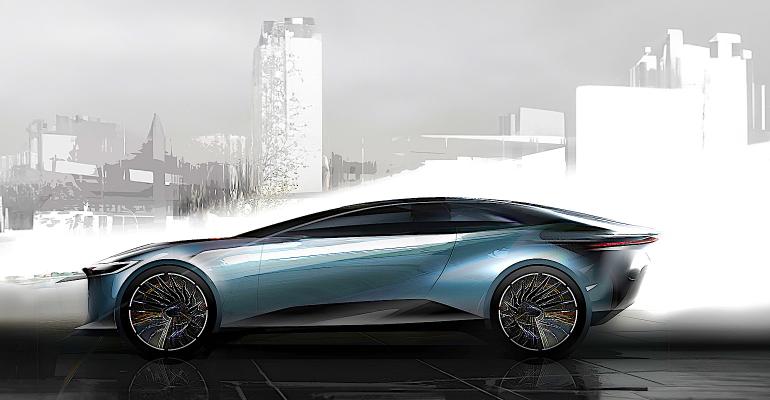 In the bustling world of automotive innovation, the Toyota Research Institute (TRI) is working to seamlessly integrate precise engineering constraints into a generative AI-augmented design process.
In the bustling world of automotive innovation, the Toyota Research Institute (TRI) is working to seamlessly integrate precise engineering constraints into a generative AI-augmented design process.
Traditionally, vehicle designers have leaned on publicly accessible text-to-image generative AI tools during the early stages of their creative journey. However, Toyota’s approach allows these professionals to infuse their initial sketches and engineering prerequisites directly into this process. This leads to a significant reduction in iterations required to harmonize design aesthetics with engineering necessities.
The Future of Vehicle Design
With this innovative solution, designers can now harness AI to solicit a diverse range of designs, all rooted in an initial prototype sketch. They can seamlessly infuse specific stylistic attributes, such as “sleek” or “modern,” while simultaneously optimizing key performance metrics. Charlene Wu, a leading figure at TRI’s Human-Centered AI (HCAI) Division, encapsulates the vision perfectly: “At TRI, we’re not just integrating AI into design; we’re redefining the very essence of vehicle design by intertwining human expertise with AI’s transformative power.”
The future of vehicle design is here, and it’s set to be more integrated, efficient, and innovative than ever before.


